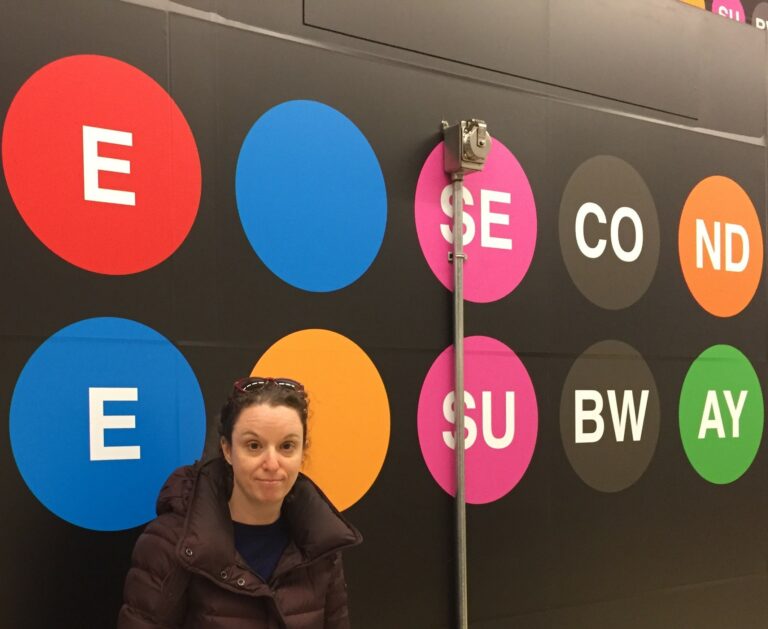
Scientists are expressing a growing interest in working with local communities. Effective engagement at this level can present a number of challenges. In support of these endeavors, I am sharing observations and lessons learned through the initiative I lead called Science for New York (Sci4NY). It brings scientists and policymakers together to work on issues that can benefit from problem-solving expertise.
Some of our community-focused work includes mapping key science policy topics facing each of NYC’s 59 community board districts; presenting on climate impacts at community-level meetings; collaborating with the Mayor’s Office of Climate and Environmental Justice to allow local groups to have a larger say in setting climate research priorities; and engaging in conversations on climate justice projects in neighborhoods of Brooklyn.
Getting up to Speed: I find this kind of task is best learned as a real-life experiment where one ventures out as a “student of the community.” Taking a proverbial random walk, as well as a physical stroll from time to time, can provide a sense of the issue’s landscape. In this process:
Community bulletins, newsletters, social media and local newspapers can all produce valuable insights – giving topics to discuss with people. Furthermore, determine the key players, and, perhaps most importantly, who has power! Know the existing and proposed initiatives, projects and legislation that can impact the community. Seek out historical insights and other contextual information on how issues came to be, and have changed over time. Lastly, don’t just try to understand their issues, but also their collective resources.
Finding Your Role: After you know more about a community, it is important to carefully consider what you can contribute. These offerings will likely evolve over time, so revisit them periodically.
It is worth keeping in mind that communities are probably not expecting or waiting for you to show up. In addition, while people may see value in the idea of incorporating scientific input, they may not know how to engage with you either. Furthermore, a lack of interest in your contributions doesn’t necessarily translate to a disregard for science. Many people are simply too busy (many community roles are unpaid) to substantively consider these topics. Keep looking for the right opportunities and moments to demonstrate your skills and establish yourself as a trusted resource.
Other Items to Consider:
| Case Study: Catalyzing Outreach Efforts During the 2021 NYC elections, Sci4NY offered a series of talks to candidates on timely science policy issues. A few approached us afterward to help them understand how climate change will impact their districts. This led us to develop “climate snapshots” where we collected, analyzed and summarized public data on the various aspects of this topic. The materials generated a variety of community engagement opportunities, some of which are ongoing. They included speaking at town halls, community board meetings, and in support of a community’s participatory budgeting efforts. With some modification, we were able to make the content useful for social media. We also wrote an op-ed on our experiences that garnered the attention of additional local communities. One takeaway from these efforts was that synthesizing public information can be a useful starting point for outreach. It can build engagement on both sides – helping scientists to hone their skills, while promoting constructive ways to center conversations in communities. From there, new relationships can form, additional opportunities to collaborate arise, and important community insights can come to light. |
Working with communities is generally a complex task. While there are no shortcuts, there is rhyme and reason. The more you learn and participate, the better. At least in a town as highly opinionated as NYC – where interactions can range from highly frustrating to rewarding, sometimes in the same discussion – seeing the humor in the process is sometimes the most important strategy of them all.
The guest author Nancy Holt holds a Ph.D. in physical chemistry and was an American Association for the Advancement of Science policy fellow at the U.S. Department of State. She currently leads Science for New York.
Are you involved with an organization or effort that you think might be of interest to the ESAL community? Or have heard about an organization or initiative that you’d like to learn more about? Let us know here, and we may feature it in a future post.